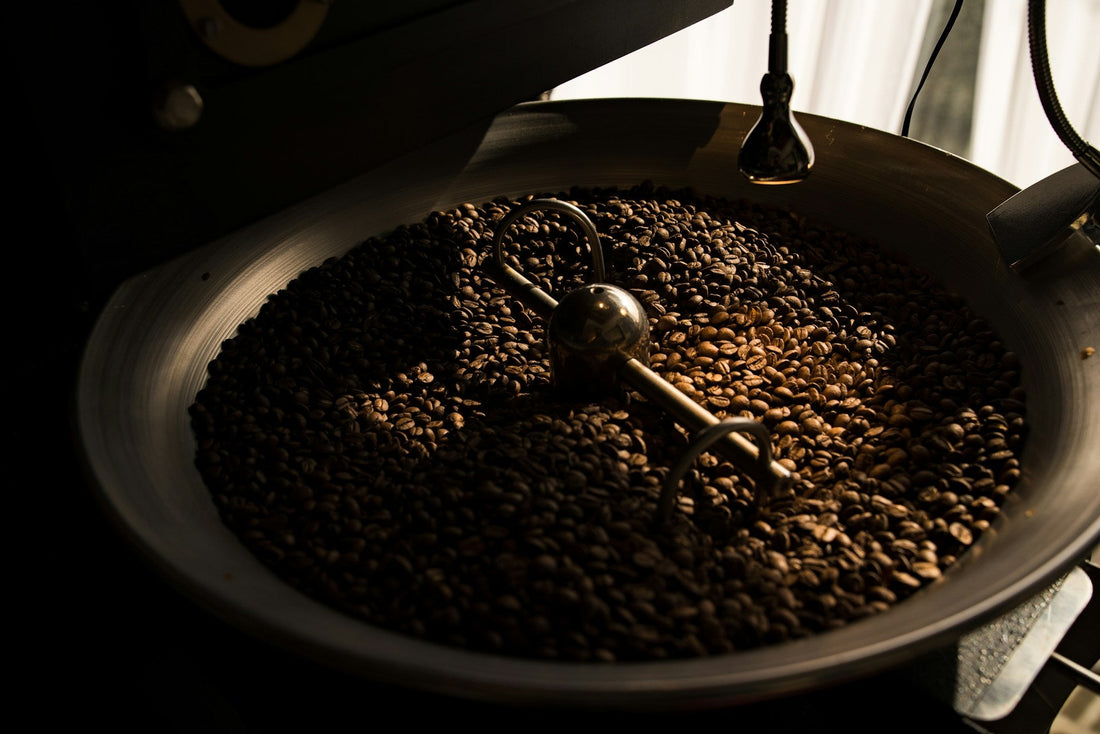
Understanding Roasting Imperfections: 3 Common Coffee Bean Defects

Roasting coffee is a delicate blend of science and intuition, where raw green beans undergo a significant transformation into richly flavoured beans that brew the perfect cup.
However, achieving the perfect roast involves navigating various challenges, including the occurrence of coffee defects that can impact the final quality. These defects may arise from multiple factors, such as roasting inconsistencies or issues with the beans themselves.
In this latest series of Gateway articles, we explore three common roasting defects and how they affect your coffee’s flavour.
Tipping: The Burnt Edge Effect
Tipping happens when the edges or tips of coffee beans become charred or burnt during roasting. This defect usually results from uneven heat distribution or excessively high temperatures at the start of the roast. Since the tips of the beans are the thinnest parts, they are particularly vulnerable to burning. To spot tipping, look for small, round, or pointed burns on the surface of the coffee beans.
Impact on flavour: Tipped beans often have a harsh, burnt taste that can overshadow the more delicate and desirable flavours in the coffee. The resulting cup may have a bitter or acrid aftertaste.
Scorching: Surface Burn Marks
Scorching occurs when coffee beans are exposed to excessive direct heat too rapidly. This can happen if the beans come into contact with overheated surfaces in the roasting drum or if the drum temperature is set too high at the beginning of the roast. Scorching is often visible as dark patches on the surface of the beans.
Impact on flavour: Scorched beans will often have a charred, smoky flavour that can overpower the coffee’s natural sweetness and complexity. The burnt exterior can mask the bright, fruity, or floral notes of the final brew.
Quakers: The Underdeveloped Beans
Quakers are underdeveloped coffee beans that often go unnoticed during hand sorting, primarily because of poor soil conditions that hinder the development of sugars and starches. While they are not a result of the roasting process itself, quakers typically become apparent only after roasting. These beans fail to develop fully, remaining light or pale in color even after the roasting process
Impact on flavour: Quakers have a flat, papery, or grassy taste, which can lead to an unbalanced cup of coffee. Since they lack the caramelization of sugars that occurs in well developed beans, quakers contribute little to no sweetness or body to the brew.
In specialty coffee roasting, every step of the process demands careful attention, from selecting the finest green beans to perfecting the roast profile. As part of this complex process, defects such as tipping, scorching, and quakers can arise, each affecting the quality of the final product. By thoroughly understanding and addressing these common defects, roasters can effectively manage these issues and ensure that the coffee consistently meets high-quality standards.
